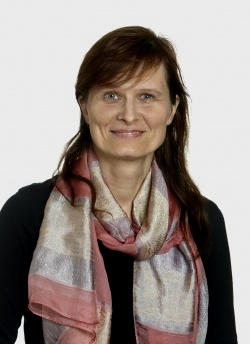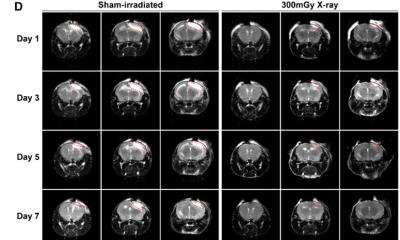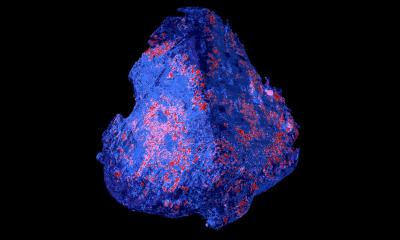New discovery may improve recovery after stroke
Faster and better recovery after stroke may be the result of a newly discovered treatment strategy that created new nerve synapses in the brain—a key factor for learning. A study at Sahlgrenska Academy showed improved ability to use the affected paw in mice that received the treatment.

“More nerve sprouts and connections between nerve cells are created so that the remaining cells can take over functions that the dead cells once had,” says Marcela Pekna, associate professor at the Institute of Neuroscience and Physiology at Sahlgrenska Academy. The focus is on a molecule called C3a peptide, which is produced naturally in the body and even more so with certain medical conditions. In this case, it was administered to laboratory animals through nasal drops.
Sustained improvement
Of a total of 28 mice with stroke, half received C3a peptide and half a placebo. The treated mice recovered much better. “Mice have pretty good ability to recover after a stroke, even without treatment, but with C3a they got better much faster and were able to use the affected paw to a higher degree. And they remained better even four weeks after we finished the treatment,” says Anna Stokowska, first author of the study and postdoctoral researcher at Sahlgrenska Academy.
The results from the behavioral analysis were linked to what happened in the brains of the mice, in which treatment with C3a led to what many now consider to be more important for the recovery of function than generation of new nerve cells, namely the creation of new synapses between the cells. “Say a stroke kills ten million brain cells. Newly created cells equal less than one percent of those that died, and how much can that help? The formation of new nerve synapses is what allows a person to learn, for example, to speak or use her hands and legs again,” says Marcela Pekna.
Still a long way to go
As C3a is inactivated if given orally or intravenously, the researchers used nasal drops. The C3a peptide is also extremely expensive to produce and would need to be replaced by a smaller, cheaper molecule with similar properties. Marcela Pekna and her research team hope that, in the future, this treatment strategy can be applied clinically in humans. The fact that, in the study, C3a began to be given first a week after onset opens for opportunities to help many people. “In principle, all stroke patients could receive the treatment. Compare that with removing the blood clot, which must be done within the first few hours. Most people arrive at the hospital too late for that treatment. We believe that a combination of this treatment and the correct type of rehabilitation can help patients improve even faster. It might also be possible to treat other illnesses than stroke, such as brain damage after traffic accidents. But that remains to be seen; there is still a long way to go,” Pekna says.
Source: University of Gothenburg
20.12.2016








